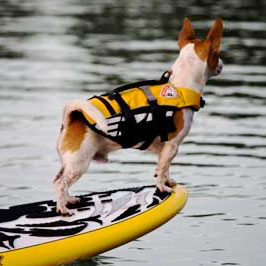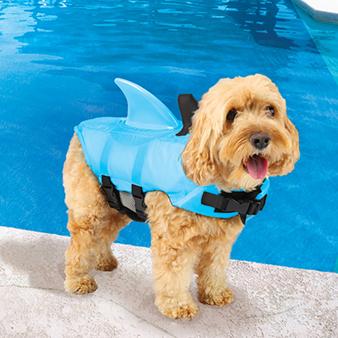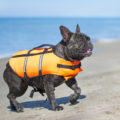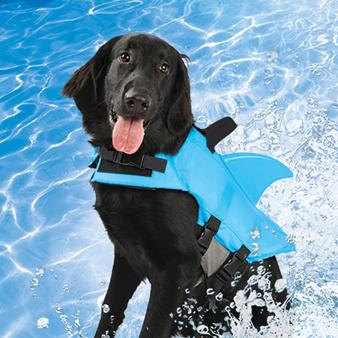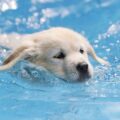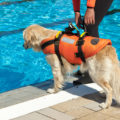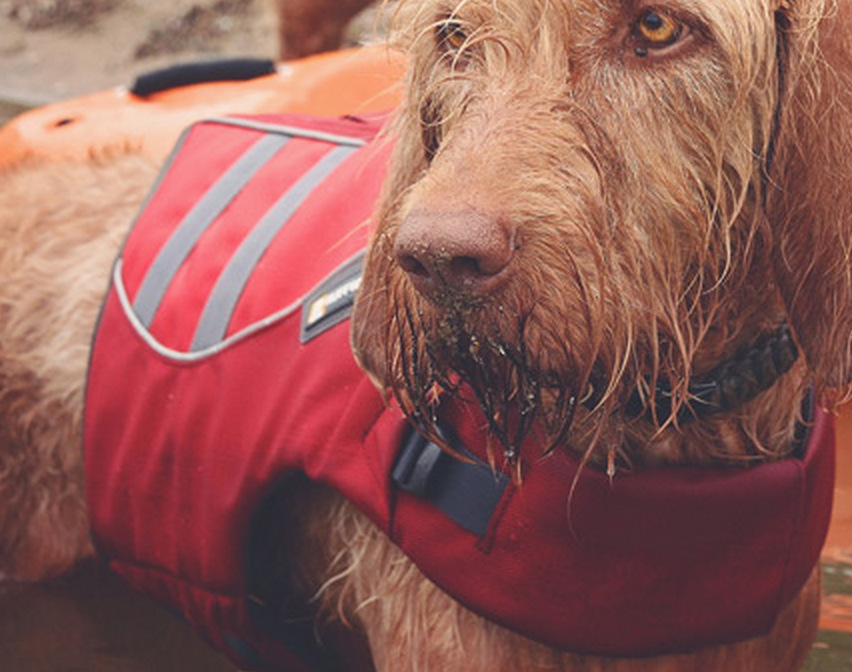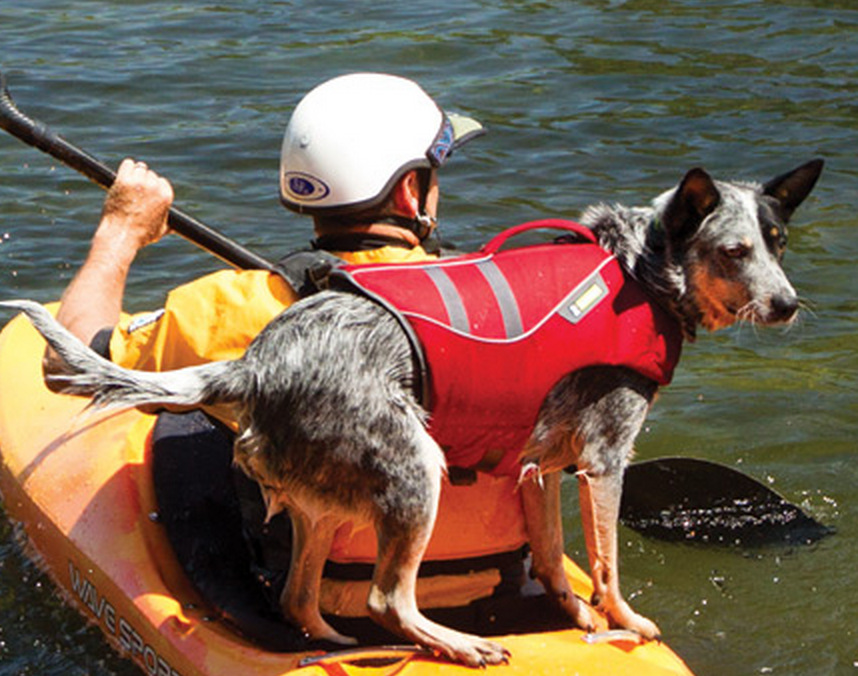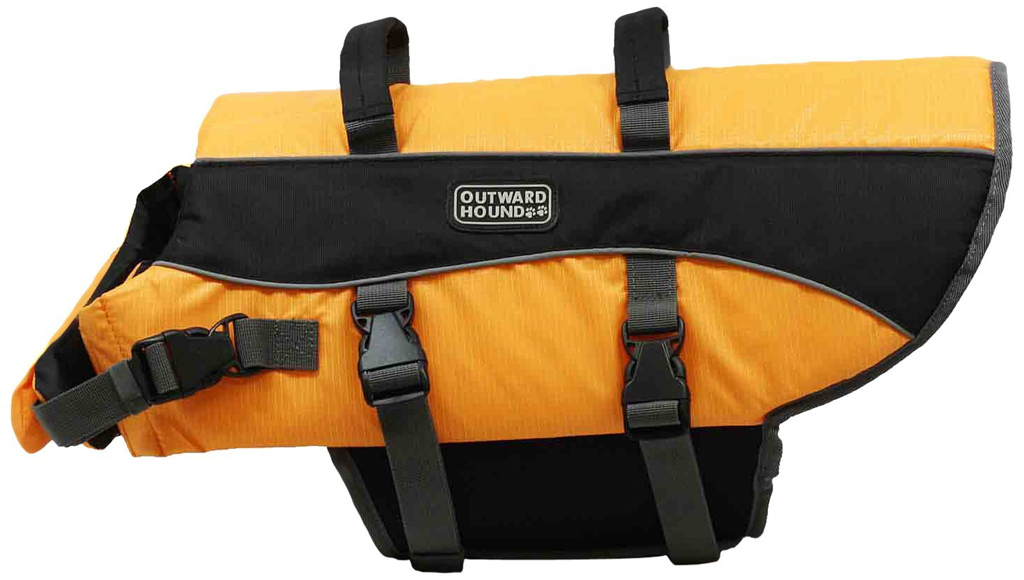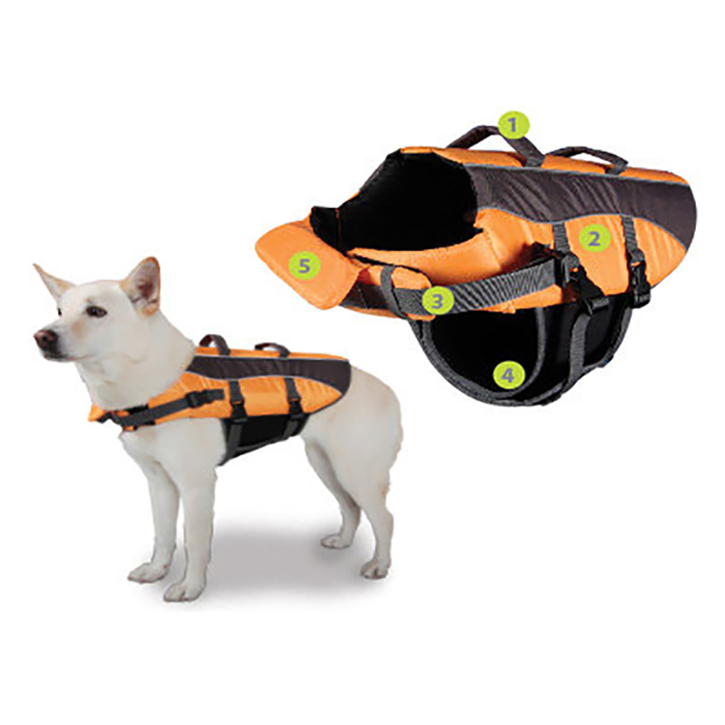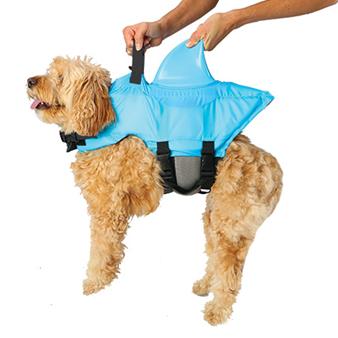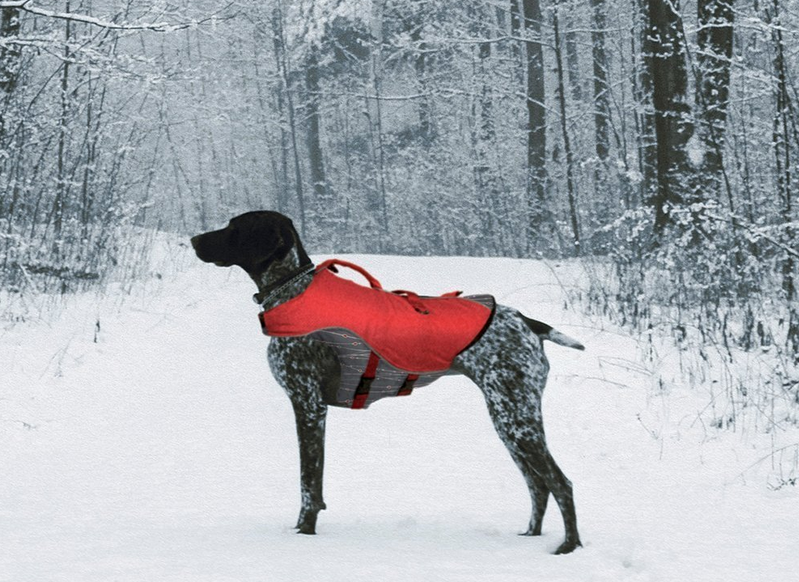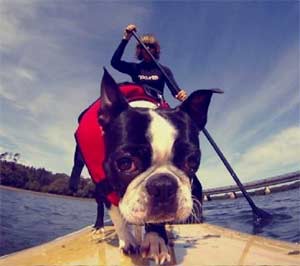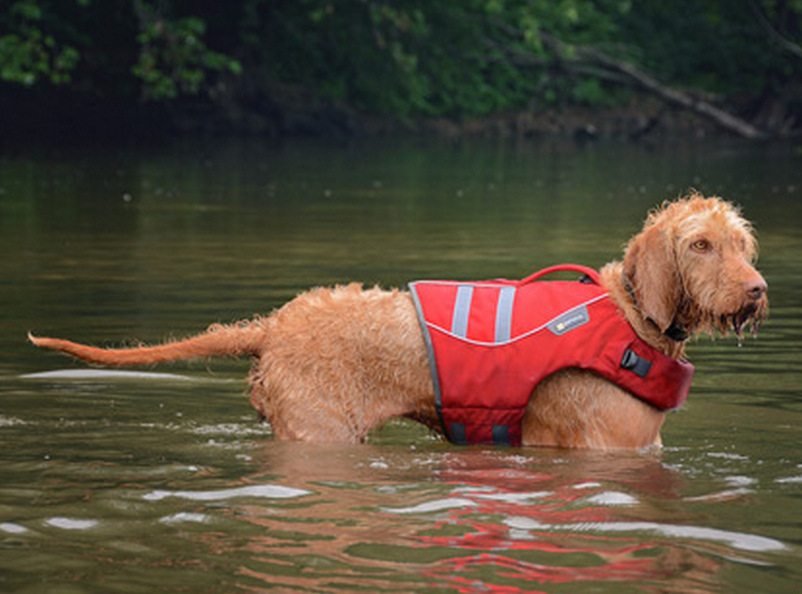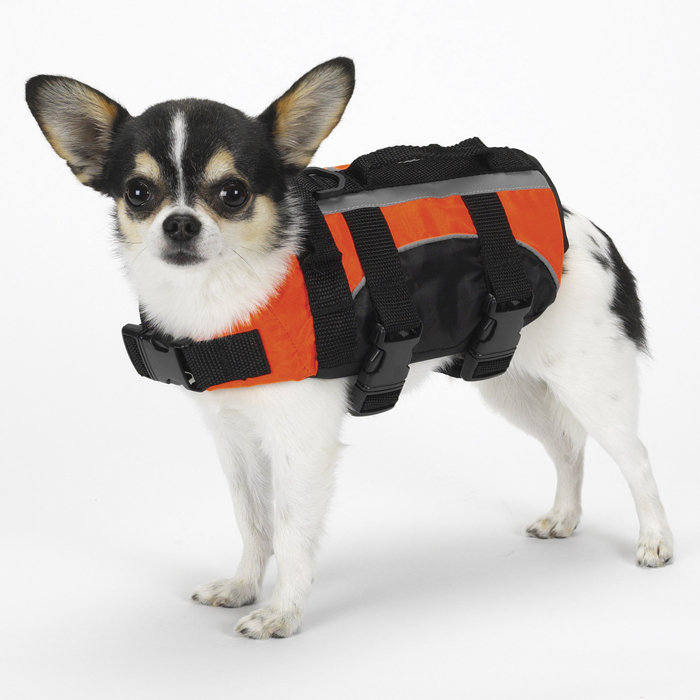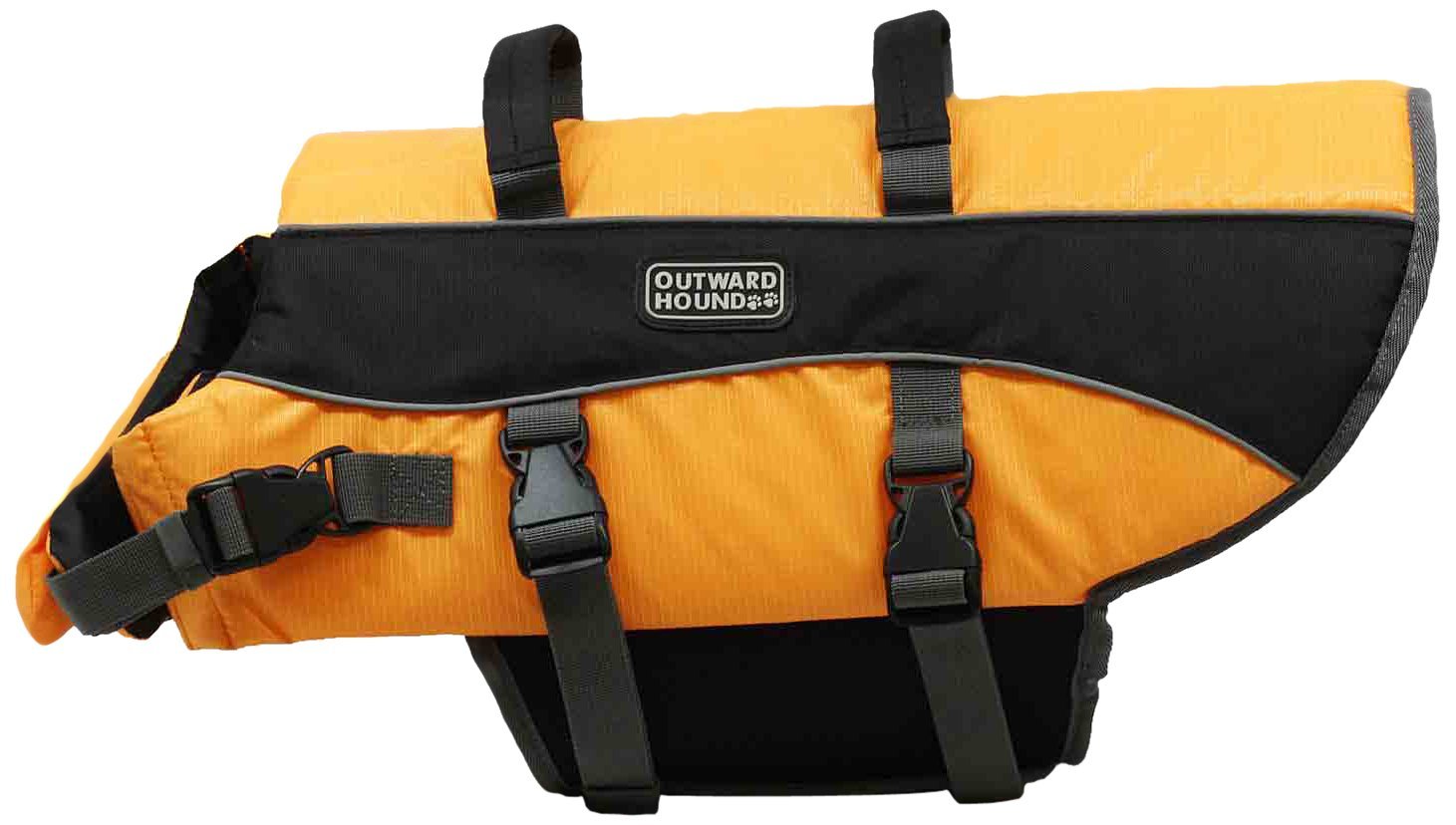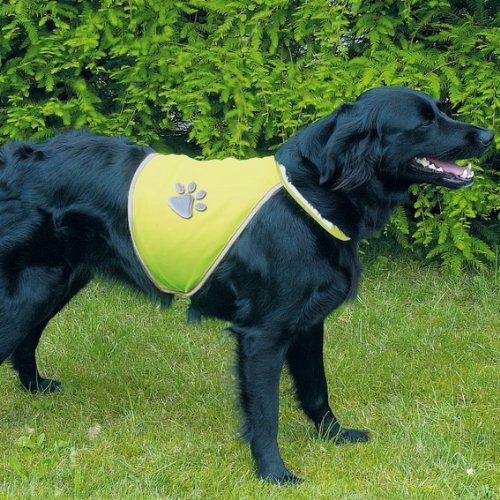It is common for pet parents to assume that dogs love water. It, therefore, comes as a surprise to many of them when they learn that their pups are afraid of water, let alone love it.
It may be an unfortunate situation for your pooch, but it is one that can be changed. With some help, dogs can overcome their fear of water. In this article, we will explore some straightforward methods that you can use to get your dog to not be afraid of water.
Dogs may develop a fear of water due to various reasons. Some do it because of their genetic predisposition while others may have picked the fear through life experiences from such issues as abuse and trauma.
It is important to note that you can not tell whether a dog will be afraid of water or not simply based on their breed.
Dogs are quite good at communicating about how they feel about certain things. They never pretend to enjoy something they are afraid of. You can easily tell when your pooch is afraid of water.
Coaxing them into interacting with water becomes extremely difficult. Taking baths becomes an unpleasant occasion for these pets. Other dogs may exhibit anxiety when they come across water sources.
As you can imagine, being afraid of water puts our dogs in tough situations. For starters, water is virtually everywhere. How do you avoid it? Also, water is a key element in our lives and that of our pets.
It, therefore, becomes impossible to avoid water altogether. That is why we must do what is in our power to fix the situation. So, how do you deal with your dog’s fear of water? The only way to go about it is to teach our dogs not to be afraid of water.
Not being afraid of water affords your dog a few more ways of having fun. They can also have baths comfortably and swim as a form of exercise. Your dog will definitely lead a better life if she’s no longer afraid of water.
The most important thing about training your dog to not be afraid of water is to understand that it can only be done gradually – you should only introduce your dog to water gradually.
Take one step at a time and be patient while at it. Even though dogs are generally good learners, the process of overcoming fear can take some time before success can be achieved.
To succeed, you need to work at a pace where your dog is completely at ease. Pushing your dog may worsen the situation and will definitely produce the desired results.
Dogs learn by forming associations between different phenomena, and they can develop negative associations similarly. You should, therefore, ensure that the training process is done compassionately and carefully to avoid the forming of any negative associations.
If your pooch has a bad experience with water, it can intensify their fear of water. Care and compassion are key.
Introduce your dog to water carefully and gradually
When training your pooch to not be afraid of water, start with extremely small exposures to water and then proceed from there as the situation improves. Only do the training when your dog is all calm and relaxed. Do not pick days when your pup appears to be anxious or fearful.
Put some water in a clean basin, and place it next to your pooch. If she remains calm, offer verbal praise.
Proceed by dipping your hand into the water and then slowly taking your hand close to your dog’s face. If she sniffs your hand, offer her more verbal praise.
The next step is to run your wet hand over her fur. If she tolerates and remains calm, praise her even more. If your dog seems to panic or becomes extremely uncomfortable, stop the process.
Only proceed with the exercise if your pooch shows some level of calmness. You may reward her for the desired behavior by petting her. This is a progressive exercise that should be done over multiple weeks.
Shallow wading
Shallow wading is another effective way of training your dog to not be afraid of water. Shallow wading can only be done when your dog is comfortable enough being in the proximity of water, otherwise it will only be another traumatic experience that could worsen the situation.
Put some water in a tub or kiddie pool. Two inches of water is recommended for this exercise – don’t fill the kiddie pool with too much water as it might scare your little pup. Make sure that the water is mildly warm for the comfort of your pet.
Gently place your pooch into the tub or kiddie pool. If she resists in any manner, do not force her into the water. If she remains calm and attempts to play in the water, give her a favorite treat – treats could be food.
Also, give her verbal praise and show her physical affection if she exhibits the desired behavior. By doing this, your dog learns to associate water with rewards and encouragement.
Always dry your dog completely after the exercise using a fluffy towel. This lets your dog know that the wetness they experience is not permanent.
Treats in the pool
Put some water in a kiddie pool. Start by giving your pooch some treats out of the pool. The next step is to get in the water yourself with some treats. Place a ramp in the water such that your dog won’t have to jump in. A ramp may be a board that is placed on a brick.
When he comes near the pool, get a treat from inside the pool and give it to him. He may pick the treat and then retreat, but that is okay – dogs do this when they are unsure of how they should act.
If your dog is a toys enthusiast, you may use his favorite toy for this exercise. Roll the toy down the ramp and encourage your dog to follow. All these are attempts to make your dog feel comfortable enough to approach the edge of the pool.
If he eventually comes to the edge of the water, he may decide to jump into the water, or he could just stand there waiting to be helped in. If he doesn’t jump in, gently put your arm around him and help him get into the water.
Place him in the water gently as you pet him while giving him verbal praise. Slowly lower him in the water so that he doesn’t panic.
This exercise can also be performed on the shallow end of a swimming pool. If you are performing this exercise in a swimming pool, it is crucial that you support your dog’s head and back above the water.
Your dog is probably not a great swimmer due to his fear of water, so you must ensure his safety in the water by providing crucial support.
In shallow pools, your dog may simply stand in the water for the first few moments or sessions. This is perfectly okay, and you should give him a treat for the desired behavior so far.
After a few moments, direct your dog towards the ramp so that they know that they can always leave the pool. Doing this also helps him know their way out of the water. Give them treats for the desired behavior. Take him in and out of the water a few times and then let him rest.
Note that each step in this exercise can take as long as it takes your dog to be comfortable. You should never compel your dog to do anything, and you should only proceed when they become comfortable with the previous step.
Take advantage of rainy days
Getting rained on is the most natural way your dog can interact with water. On those gentle rainy days, take walks around the compound with your dog and let him realize that water is not an adversary.
Have fun while at it. Alternatively, you can simulate rain using a water hose. Encourage your dog to have fun with the water especially on a hot sunny day when he might enjoy having cool water on their skin.
Stay relaxed around water
Dogs can pick up energy quite easily. When you are not in the best of moods, your dog can sense it immediately. Only take your dog near water sources when you are relaxed and in a good mood.
It is important that you also have fun with these exercises so that you can be in a great mood. If you, for example, had a bad day at work, it may not be the best time to train your dog.
Invest in a canine life jacket
Dogs that are afraid of water are terrified of the possibility of drowning. A life jacket helps dogs that are not used to water to stay afloat. Life jackets make swimming easier and safer.
They increase buoyancy which helps ease respiration because your dog will not need to work so hard to stay afloat – this helps in keeping your dog calmer as she swims.
With a life jacket, your dog won’t drown even if they panic while attempting to swim. A life jacket is a way of ensuring that your dog won’t have a bad experience during training.
The exercises should be done slowly and gradually to ensure that the dog remains comfortable all through.
Conclusion
If you want to find more information on how to introduce your pet to swimming or you just want to know how to introduce your dog to water in short easy steps be sure to click the link for a step-by-step guide.
